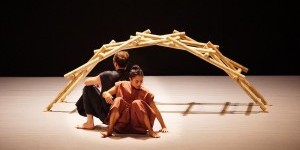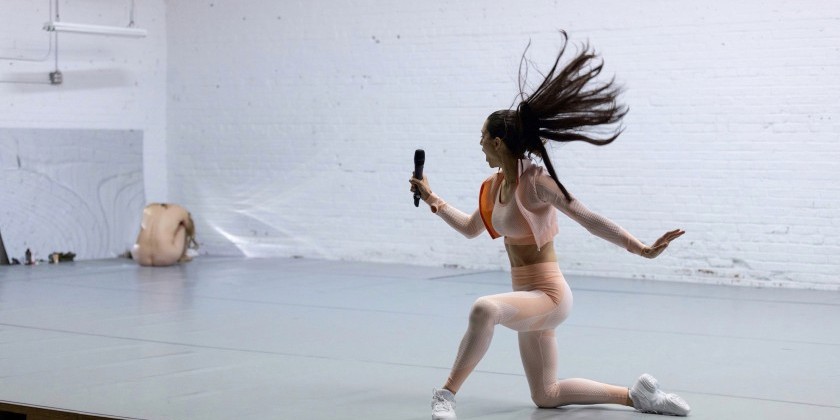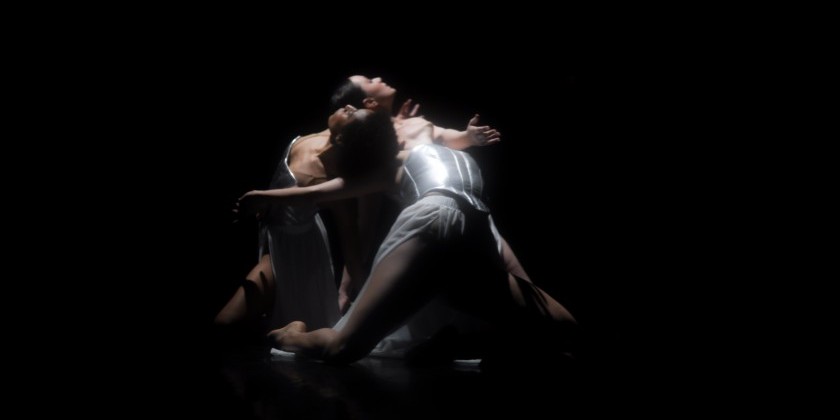IMPRESSIONS: Camille A. Brown’s Trilogy "BLACK GIRL: Linguistic Play," "Mr. ToL E. RAnCE," and "ink" Dances from The Joyce to The Apollo

"Trilogy" is Black and Proud
Dancers:
Camille A. Brown (BLACK GIRL: Linguistic Play; Mr. ToL E. RAnCE; ink)
Beatrice Capote (BLACK GIRL: Linguistic Play; ink)
Chloe Davis (BLACK GIRL: Linguistic Play; Mr. ToL E. RAnCE)
Timothy Edwards (Mr. ToL E. RAnCE; ink)
Catherine Foster (BLACK GIRL: Linguistic Play; ink)
Juel D. Lane (Mr. ToL E. RAnCE; ink)
Sarah Parker (Mr. ToL E. RAnCE)
William Roberson (Mr. ToL E. RAnCE)
Courtney Ross (Mr. ToL E. RAnCE)
Yusha-Marie Sorzano (BLACK GIRL: Linguistic Play; ink)
Jay Staten (Mr. ToL E. RAnCE)
Maleek Washington (Mr. ToL E. RAnCE; ink)
How do you define the Black American experience—in all its multiplicity—through dance? Choreographer Camille A. Brown, whose Trilogy, which spanned multiple weekends and theaters in New York City, felt like the foremost response—a primary source, at once exacting and all-encompassing.
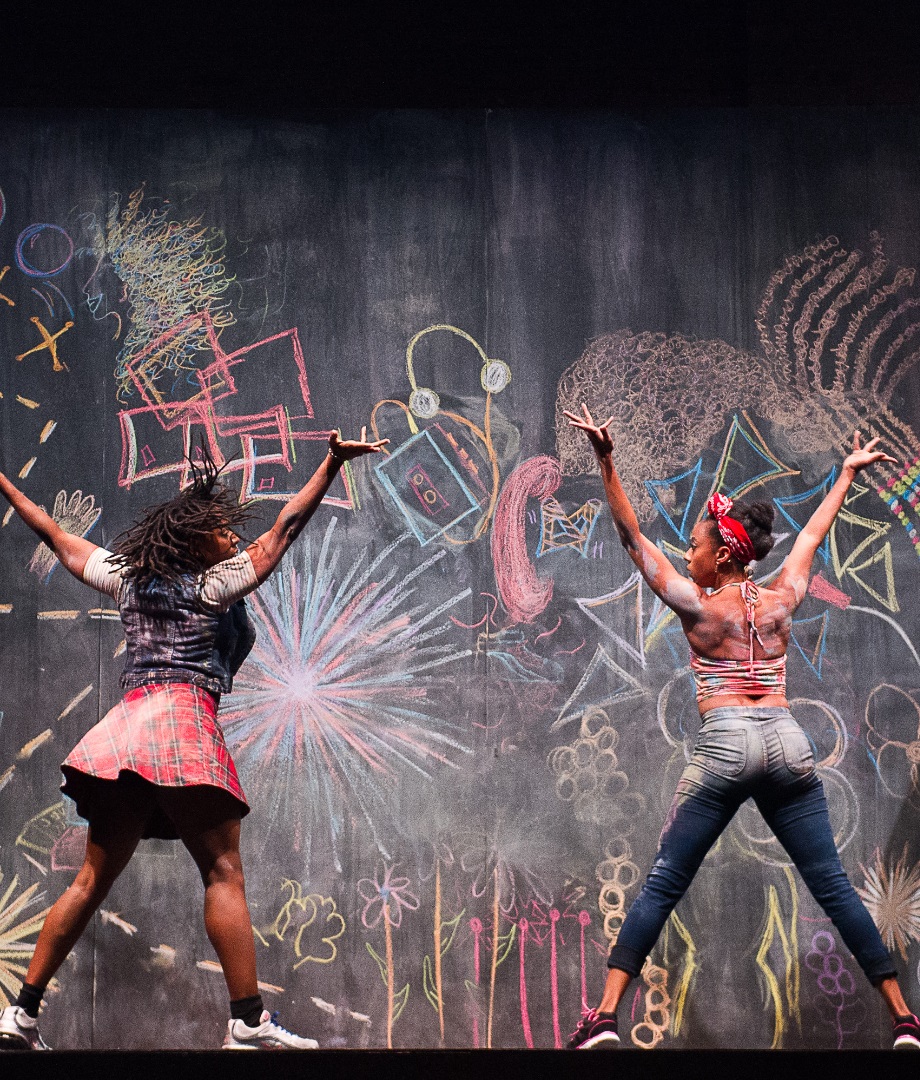
The first of the three pieces on the weeklong program, BLACK GIRL: Linguistic Play, which showed at The Joyce Theater, Oct. 25–27, was brought to life by her company, Camille A. Brown and Dancers. In this production, the dancers and the musicians performed on the same physical plane, a demonstration of equity—and an Africanist tradition. Over a bass solo, which opened the play, a recording of Black-girl joy—faint laughing, joking, sassing—echoed throughout the space. The soundscape, by Sam Crawford, was a foreshadowing.
Brown and dancers bounced onto the stage with child-like energy, in colorful costumes and sneakers. Their knees wobbled, hands shook on high diagonals and feet struck the floor, creating music—their bodies their instruments. It conjured a continuum of Black dance; back to the period of enslavement in which stolen Africans did the same to exclaim joy and bridge community. In BLACK GIRL, Brown invites us to be a part of this community.
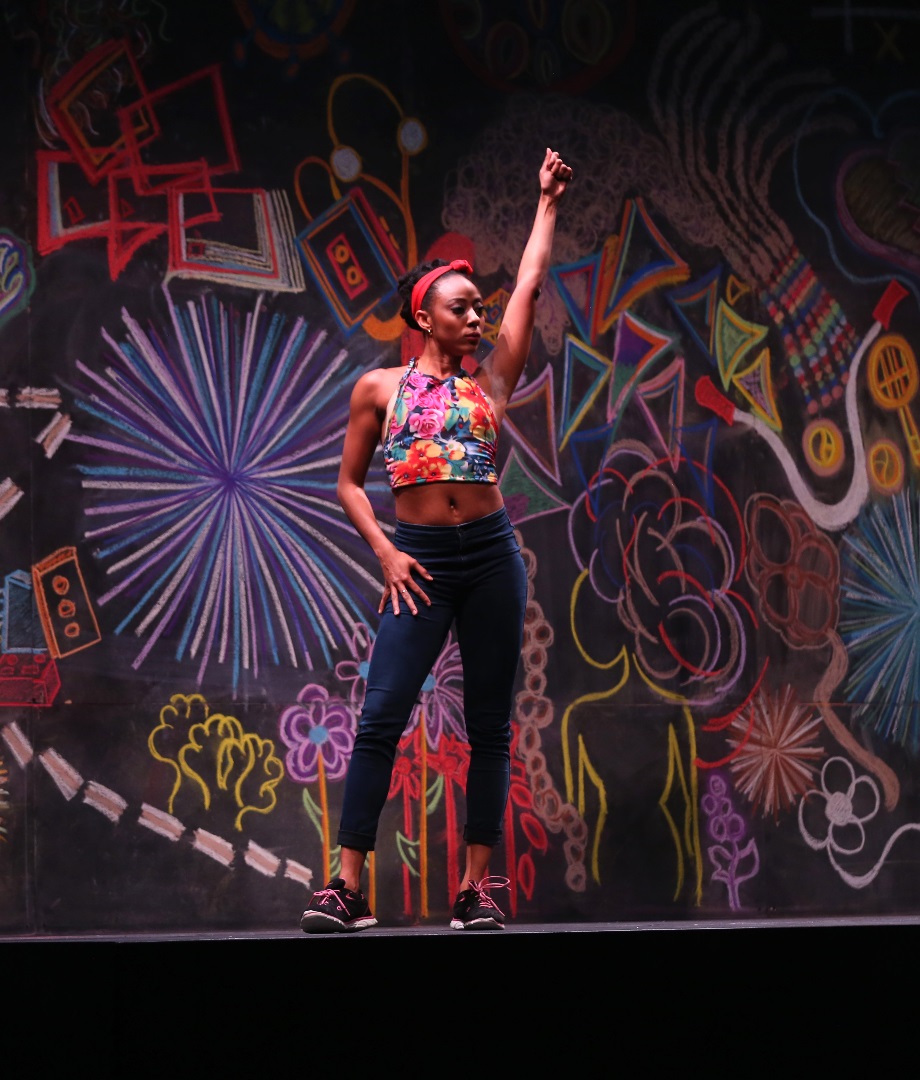
The set design, by Elizabeth C. Nelson, however, reminded us that we are also observers—others. Mirrors in irregular shapes hung above the dancers, which reflected images of Black, female-presenting bodies engaging in physical and vocalized languages exclusive to their individual and collective identities. There were depictions of embodied bonds, where two dancers held hands as they skipped across platforms of varying heights and fought for the focus of the male gaze, through humor and violence. Double Dutch, with rhythmic precision, showed up, too.
Upstage, beneath the mirrors, a graffiti-filled wall became a main character, in lighting by Burke Wilmore, a statement about location and culture. In this work, the dancers aren’t just performing Blackness; they’re living inside of Black spaces—a rarity for shows that play on the Joyce stage.
The dancers stroked their own and each other’s hair—the hairdos ranged from micro-braids to buoyant afros—in ways that spoke to the individuality of Black women. We are not monoliths, Brown seems to declare. These women, connected by how racial and social systems of America affect them distinctly navigate their realities. Some twirled their hair between their fingers; others sculpted their bouffants; and some pulled at their roots with frustration.
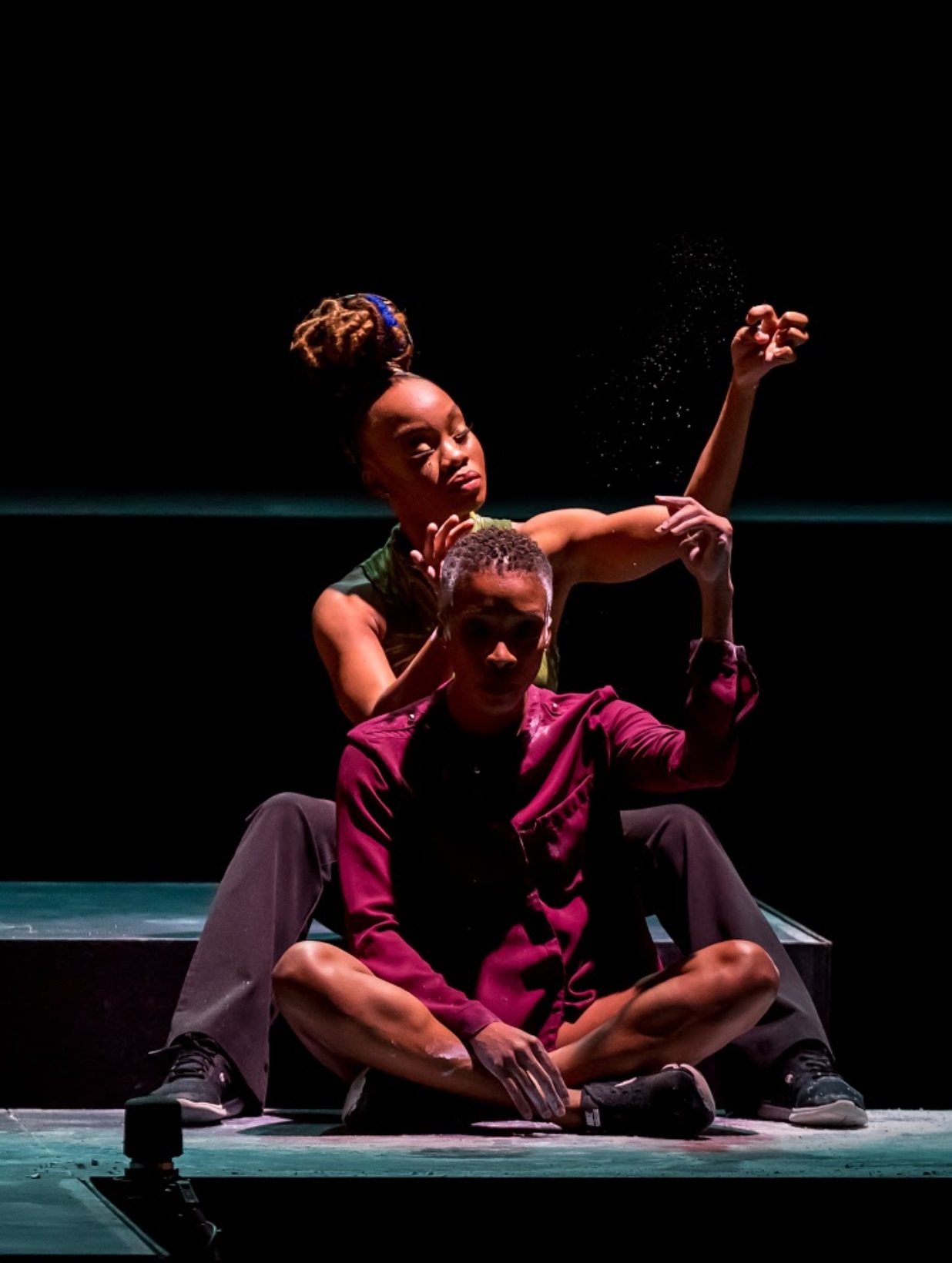
Platforming the joy of Black women is radical. This is a community that civil rights activist Malcom X called the most disrespected group in America. When else do we get to see Black-woman joy? On television, some Black women reality TV stars capitalize on the “angry Black woman” stereotype. In corporate spaces, the Black woman’s collected demeanor (armor) is often misconstrued as a “bad attitude.” In everyday life, Black women swallow micro-aggressions to protect themselves. Perhaps the real question is: Other than in childhood, when do Black women get the opportunity to experience joy—fully? For fifty minutes, we were invited to witness just that. BLACK GIRL: Linguistic Play is not simply unchartered content, but a crucial addition to the American dance canon.
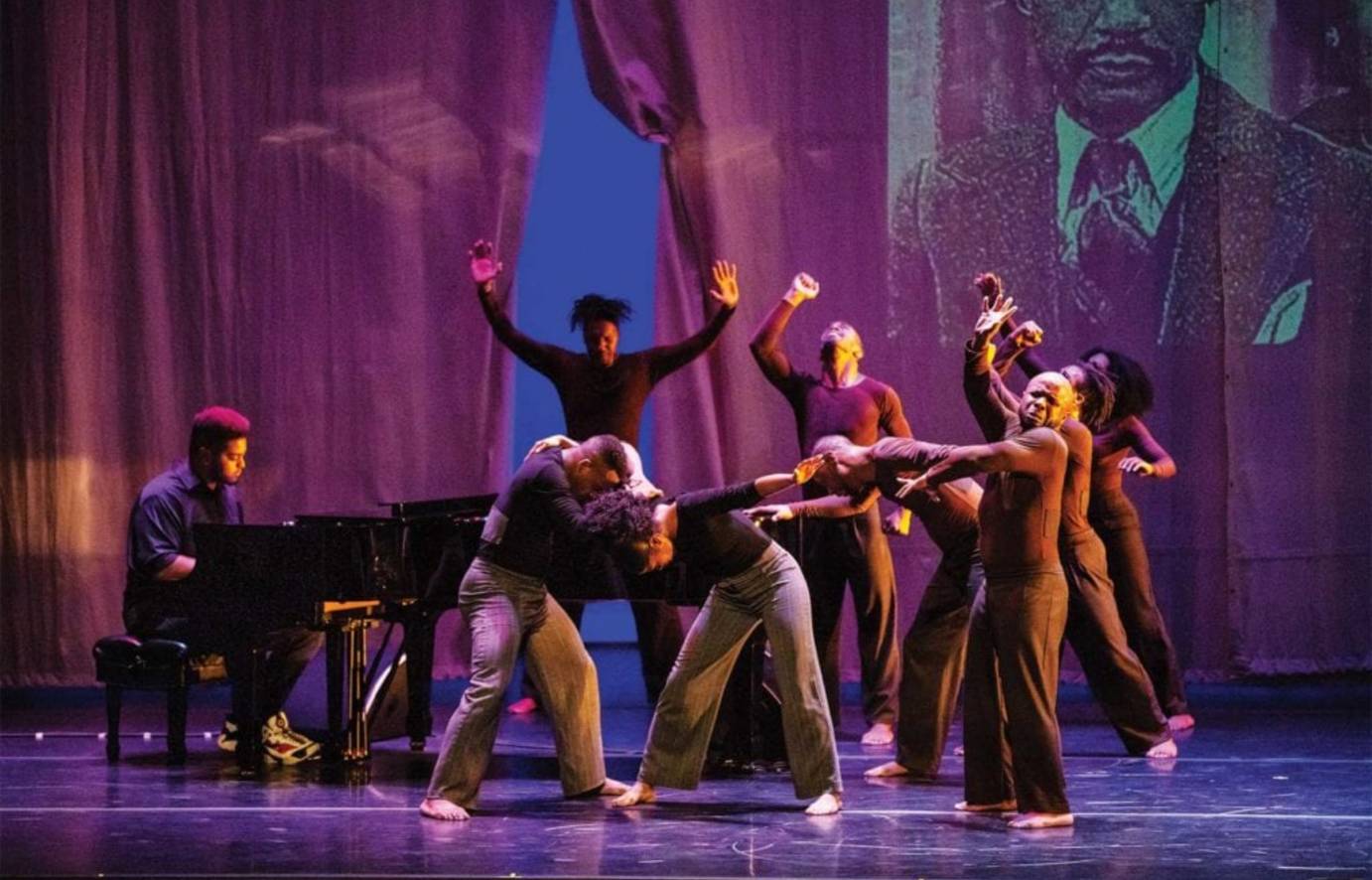
I left the theater feeling high, proud to be a part of the community Brown so gorgeously illustrated. But by the second act of Mr. ToL E. RAnCE, which also showed at the Joyce, Oct. 28–30, I was sobbing—and I couldn’t stop. The culprit? The intensity of the messaging: The way the concert opened, as animations of famous Black faces bobbled across the cyclorama. The title of the show in mind, the vignettes recalled the level of discrimination these Black stars had likely tolerated on their journeys to fame. In one scene, Brown, with the roll of her neck and in a familiar Black cadence, asks the only white cast member in the show if she is racist. The irony of a predominately white crowd belly-laughing at tropes about Black Americans wasn’t lost on me. The way minstrelsy presents as sardonic in the first act and utterly horrific in the second feels menacing.
The dancers, wearing white gloves and saddle oxfords, caricatured the extents to which Blacks modify themselves to appease whiteness. Smiles overtook their entire faces, shaking jazz hands obscured pain and physical feats, like jumping high off the floor, repeatedly, entertained viewers while draining the Black body. Amidst all of this, there is a statement about stamina—physical in this context, as dancers bobbled their heads like dolls, tapped their feet against the floor to create beautifully syncopated rhythms, fanned their limbs from one corner to the other, rapidly extended their arms to their fronts and sides and waved their hands in front of the face with a sense of desperation.
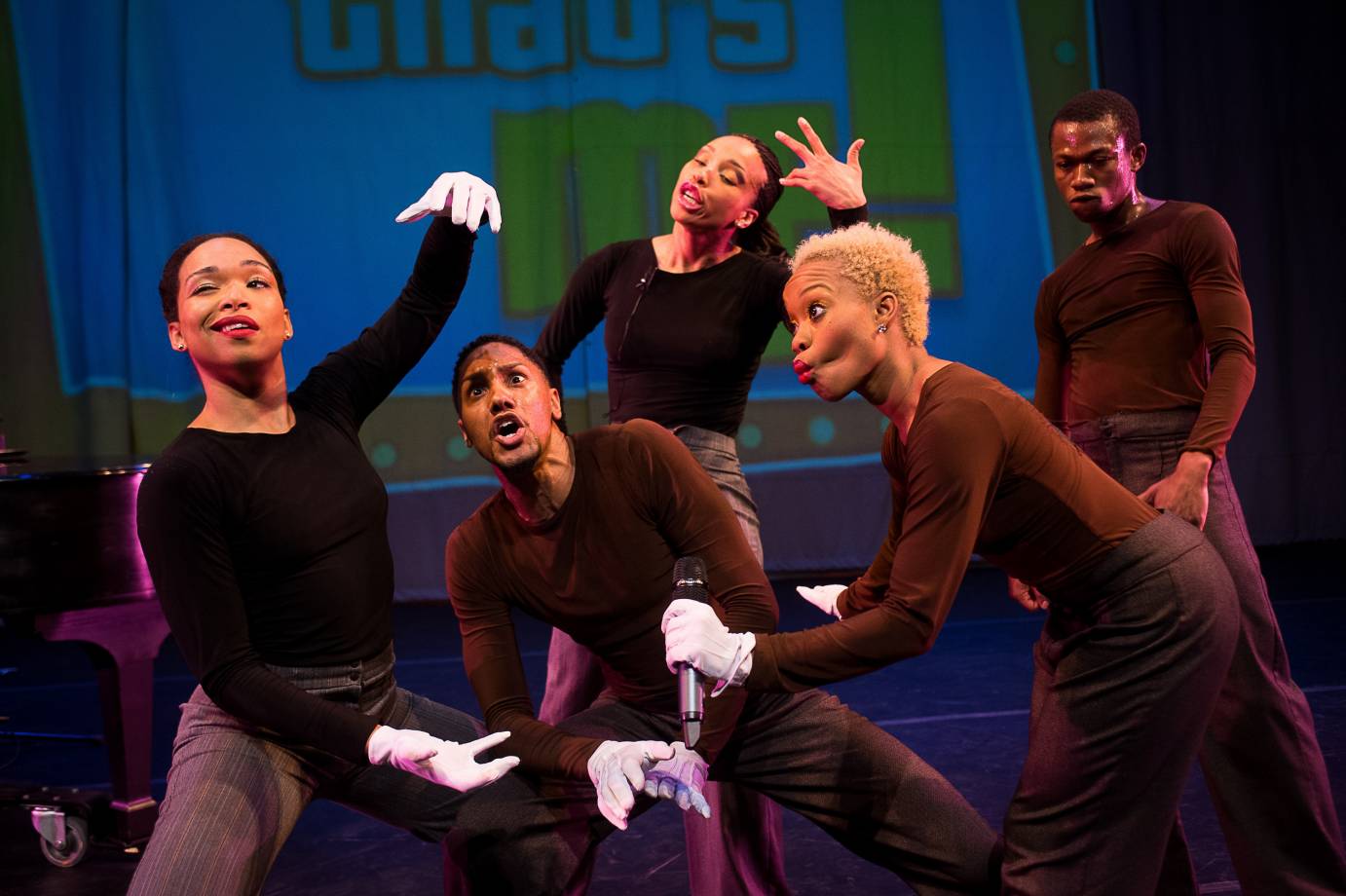
What is the weight of tolerating systematic trauma, Brown seems to ask? A response bubbles up in company artist Tim Edwards’ solo. As he ascends from the floor, he screams silently. Against a haunting piano solo (by Scott Patterson, composer of the Trilogy), Edwards sheds the hyper-masculine movement he donned throughout the work, and exposes the emotional consequences of living in a society that treats tolerating as a means of social mobility. The pain is not just performed, it is real. Even the pores of his brown skin seem to cry, as sweat from the labor of trying to be palatable in white spaces flies off his body. Later, Brown performs an equally powerful solo—and in her own way, points directly to the Black trauma caused by systems of power, stereotyping and minstrelsy.
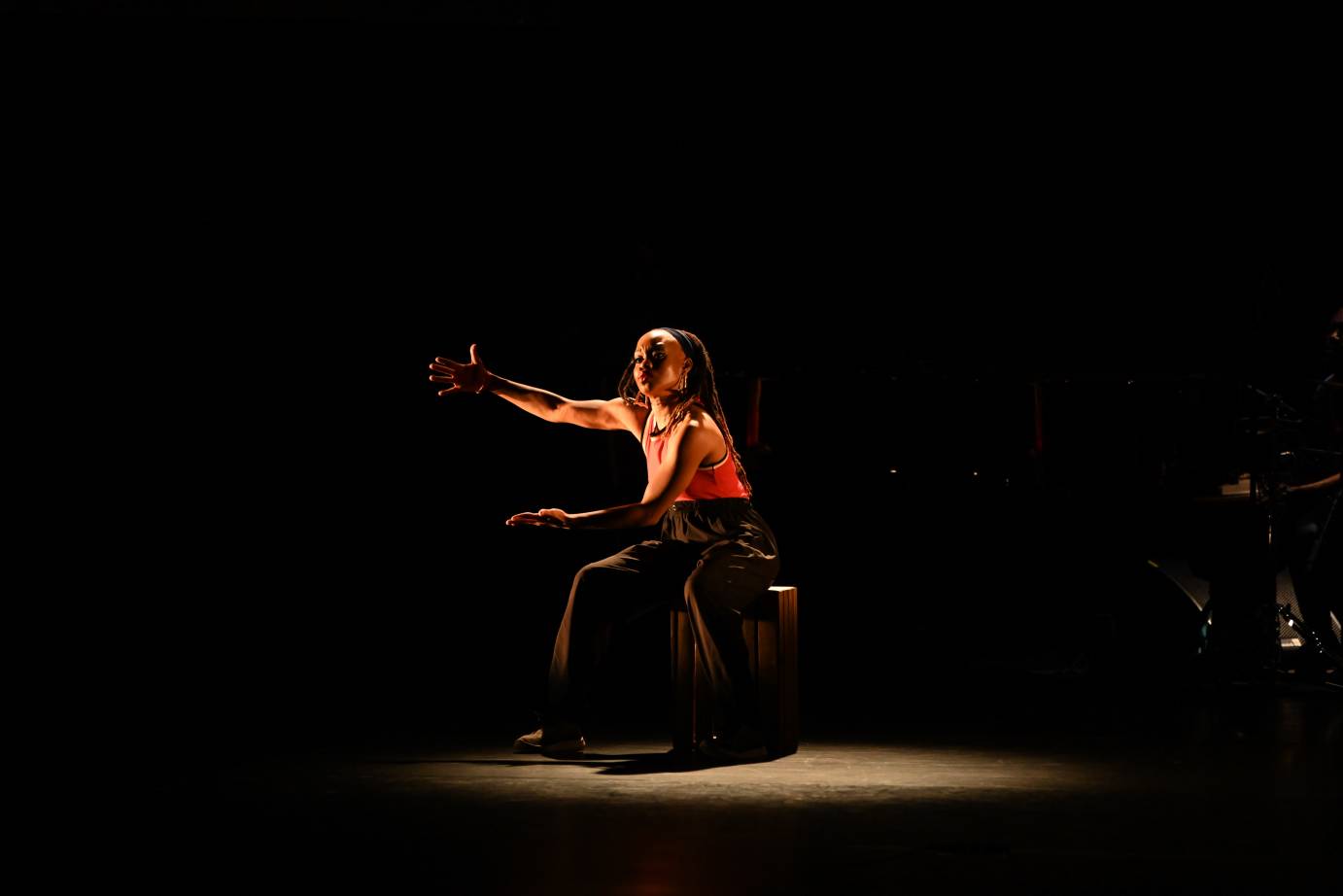
If Mr. ToL E. RAnCE was a protest and lamentation, ink, the final part of the trilogy, performed at the historic Apollo Theater in Harlem, Nov. 4–5, was a celebration. Perhaps the least powerful in the trilogy, the dancing in ink still grabs at the audience, pulling us into the orbit of the narrative. Sure, there are explorations of pain and contention, heartbreak and disappointment, but this work is really about affirming the beauty of Blackness.
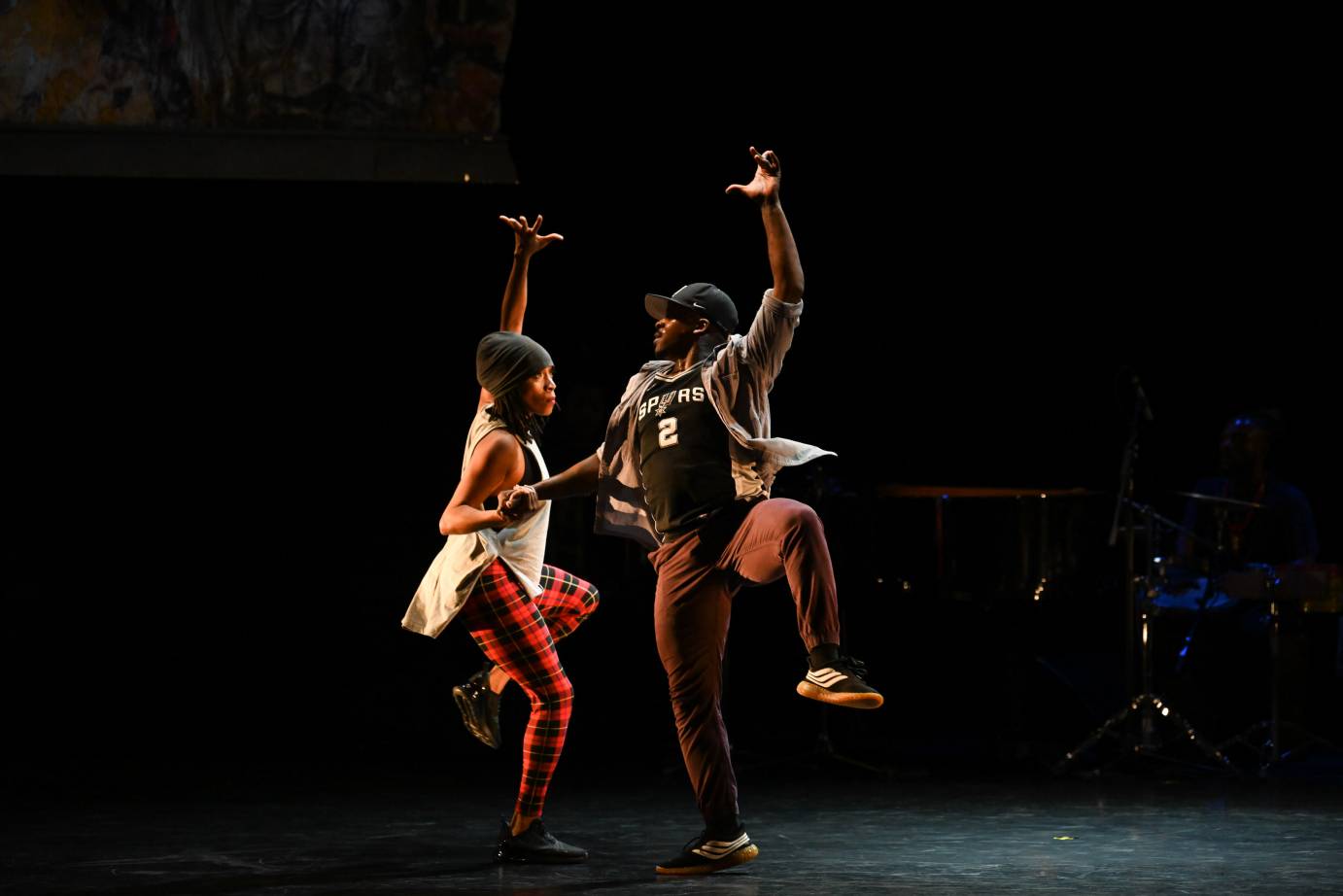
In the program notes, Brown explains that “the seven sections of ink represent superpowers of spirituality, history and heritage, the celebration of the Black female body, Black love, brotherhood, exhaustion, and community.” These superpowers manifest in the Black vocalizations of joy and connection; in the Lindy Hop partnering; in the whipping of African-American tresses and the expressions of brotherhood; in the carving of space with wrists and fingers; and in the moments of pause, where one couple of female- and male-presenting dancers hold each other—eyes closed, breathing heavily.
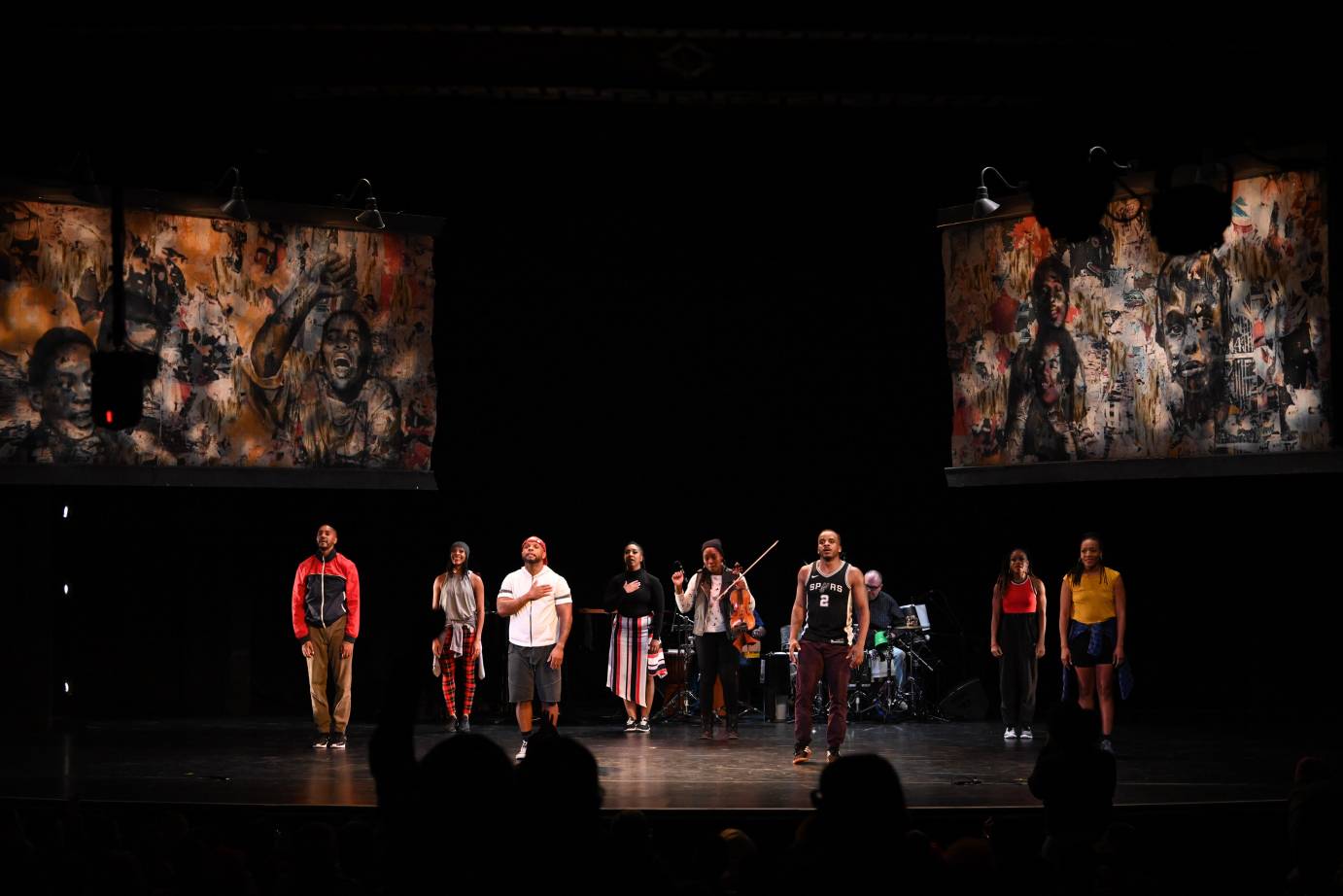
CABD or Camille A.Brown and Dancers in ink: Photo: Shahar Azran Photography
ink felt like it was made for us. It is not here to teach—although it certainly isn’t lacking in that capacity. Instead, it breathes and lives with its audience, which, in this case, was predominately Black, situated in a culturally and historically Black neighborhood. As a culmination of not just a trilogy of works, but of the intentionality of Brown’s artistry to this point, ink revels in Black life. The crowd, which offered a standing ovation that night, seemed to agree.







